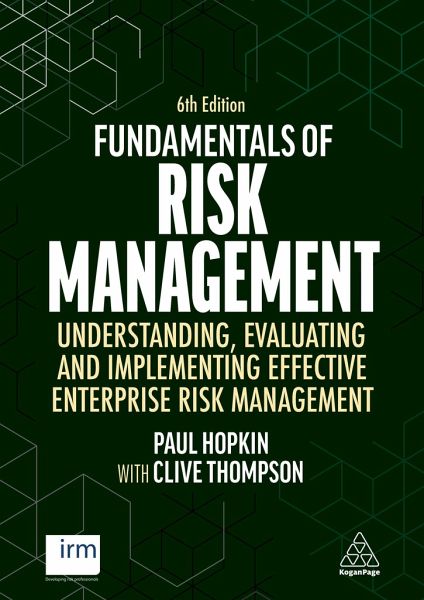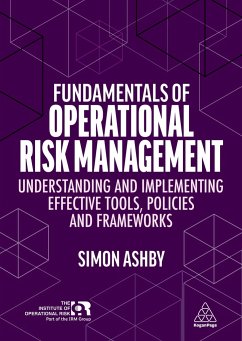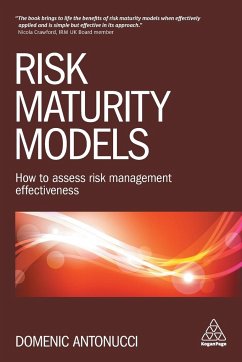Nicht lieferbar

Fundamentals of Risk Management
Understanding, Evaluating and Implementing Effective Enterprise Risk Management
Versandkostenfrei!
Nicht lieferbar
Develop a complete understanding of the core concepts and frameworks of risk management with this guide designed for emerging professionals and students. This sixth edition is available for students currently studying for the IRM's International Certificate in Enterprise Risk Management June 2025 exam. All students preparing for the December 2025 exam should use the seventh edition.












